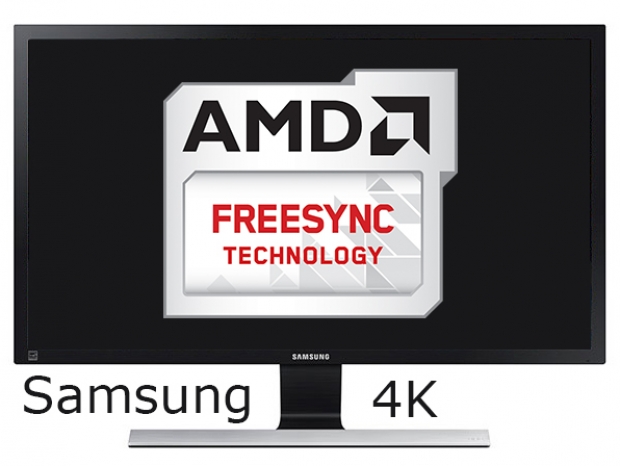Index
Conclusion
AMD FreeSync is here and it works with select graphics cards and monitors. CrossFire is now also supported, with the latest driver update (v.15.7). We tested it and it works as advertised. FreeSync enables the monitor to refresh dynamically, in sync with the GPU, instead of sticking to a static refresh rate.
FreeSync does not put an overhead on the GPU, so we could not measure any difference in performance when we enabled FreeSync in games.
It is vital that you configure your system to churn out upwards of 40fps in case you want to use FreeSync in games. We experienced some tearing with our system, but only when the frame rate dipped under 40fps, or when it exceeded 60fps. It is important to understand that adaptive refresh rate works only in predefined ranges, and the frequency range depends on the monitor. As long as you are in it, you will get excellent results and smooth gaming with no stuttering or frame tearing.
Thanks to Samsung, the list of FreeSync compatible monitors is now longer and includes two new models. Those are the U24E590D priced at $399 and the U28E590D priced at $599. From the price point it is obvious that FreeSync monitors are not an option for budget gamers. We tested the U24E590D and it supports adaptive refresh rate in the range from 40Hz to 60Hz.
Both Samsung monitors have 4K resolution, but the U24E590D is using 23.6” PLS panel while the U28E590D is using a 28” TN panel. It is obvious that they are targeting different audience.
If you are in a graphics design and colors are important for you, than probably the U24E590D with the PLS panel is a better choice. But gamers will also appreciate richer colors and more immersive visual experience. Viewing angles for the U24E590D are quite good (178 degrees both horizontally and vertically). Samsung MAGIC Angle will help you configuring the settings to obtain optimum picture quality according to your viewing angle (for example by setting Lean Back Mode). Because we are looking at only 23.6” display, there are almost no visible color changes when tilting the head in front of the monitor.
The only disadvantage of PLS/IPS panels is their slower refresh rate. The U24E590D comes with 4ms refresh rate compared to 1ms refresh rate of the U28E590D. Most gamers playing competitively will prefer a 1ms refresh time. Another disadvantage of the U24E590D is the smaller display size, but on another side with staggering 8 million pixels you will look at incredible Ultra HD picture quality.
We would like to see higher refresh rate with U28E590D monitor, and bigger display for the U24E590D monitor, if possible at a similar price point.
When we think of FreeSync, most of us think of gaming, but FreeSync can actually be used also to improve video playback quality as well. There is another feature introduced recently, namely Frame Rate Target Control. It can be used to reduce GPU load and temperature when you don't need a high framerate.
AMD and Nvidia currently use two different (and competing) technologies to enable dynamic refresh rates in games – and this is probably the biggest problem with the approach in general. While both solutions work and offer good results, they also force users to choose one brand or the other. Monitors with G-Sync or FreeSync support don’t come cheap, but if you choose to swap out your Geforce for a Radeon or vice versa, you will have to buy a new monitor if you want to continue using adaptive referesh rate in games.
Still, aside from locking consumers into their respective technologies, both companies did a good job and we were very pleased with FreeSync. If you’re an AMD fan it’s worth the extra investment.

